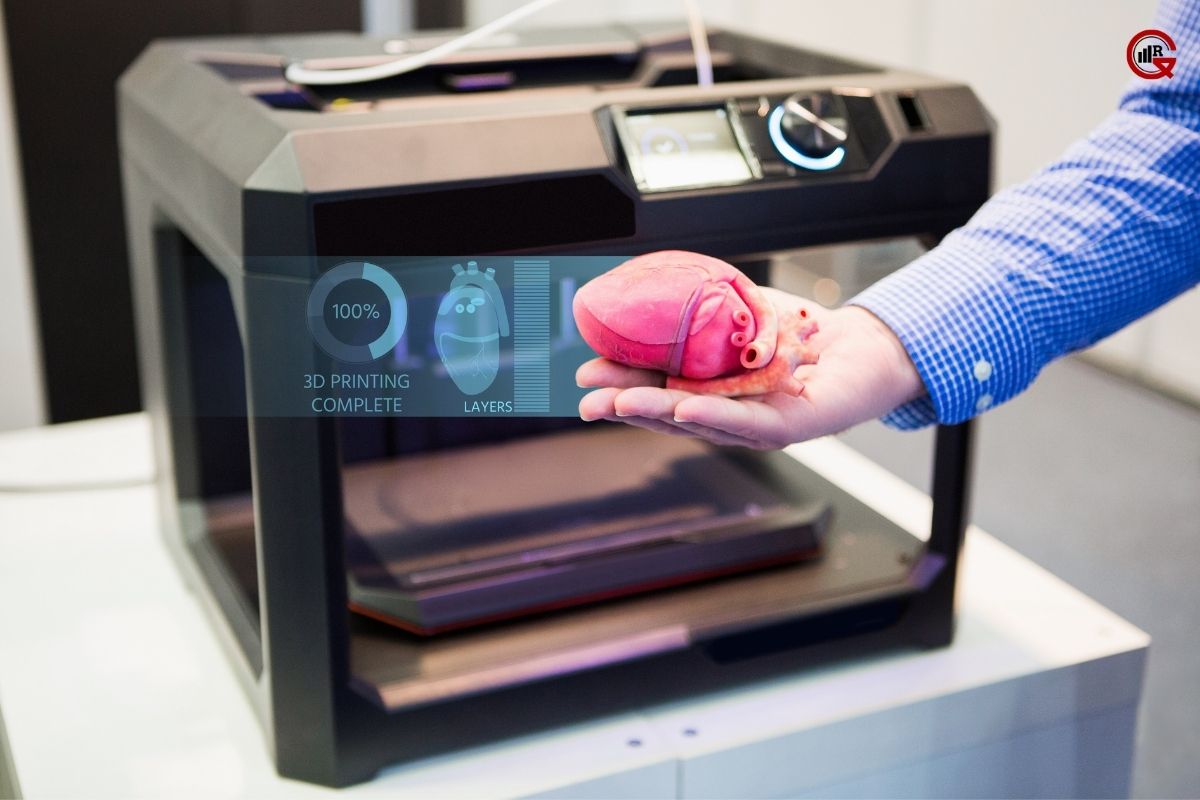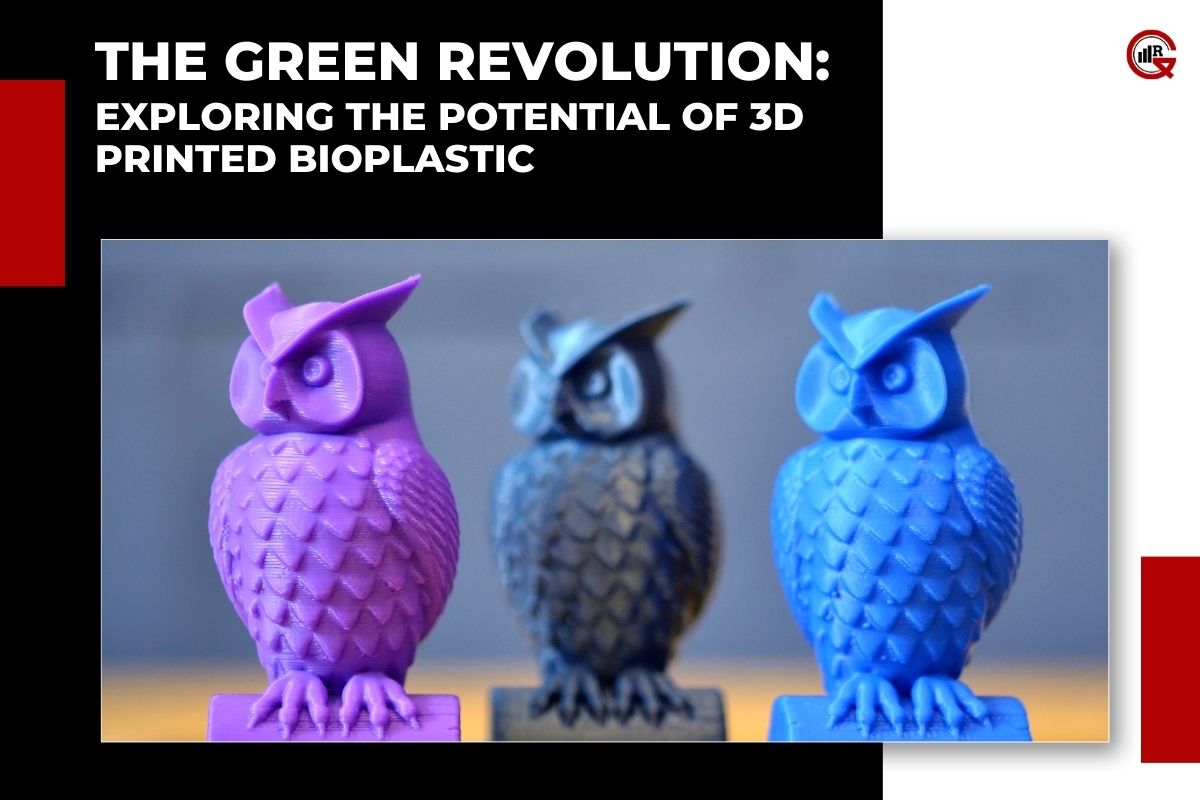In an era marked by increasing environmental awareness and a pressing need for sustainable solutions, 3D printed bioplastics have emerged as a transformative technology. Combining the versatility of 3D printing with the eco-friendly attributes of bioplastics, this innovative approach holds the potential to revolutionize various industries. This article explores the world of 3D printed bioplastics, examining their fabrication process, benefits, applications, and future prospects.
Understanding Printed Bioplastics:
Bioplastics are derived from renewable biomass sources such as corn starch, sugarcane, and cellulose. Unlike conventional plastics, which are petroleum-based and contribute significantly to environmental pollution, bioplastics are biodegradable and have a lower carbon footprint. When combined with 3D printing technology, bioplastics can be used to create a wide array of products with intricate designs and customizable features.
The Fabrication Process:
The fabrication of printed bioplastic products involves several key steps:
Material Sourcing and Preparation: The first step involves sourcing the raw materials for bioplastic production. Common bioplastics used in 3D printing include polylactic acid (PLA) and polyhydroxyalkanoates (PHA). These materials are processed into filament or resin form, suitable for 3D printing.
Design and Modeling: Designers use computer-aided design (CAD) software to create digital models of the desired objects. This allows for precise control over the geometry and features of the product.
Printing Process: Various 3D printing technologies, such as fused deposition modeling (FDM) and stereolithography (SLA), are employed to print the bioplastic objects. The choice of technology depends on factors such as material properties, desired resolution, and production speed.
Post-Processing: After printing, the objects may undergo post-processing steps such as smoothing, painting, or assembling to achieve the final product specifications. Bioplastic items might also be treated to enhance their mechanical properties or durability.
Quality Control and Testing: The final products are subjected to quality control checks to ensure they meet the required standards and specifications. Testing for strength, flexibility, and biodegradability ensures the products are fit for purpose and environmentally friendly.
Advantages of 3D Printed Bioplastics:

3D printed bioplastics offer several significant advantages over traditional manufacturing methods and materials:
Sustainability: Bioplastics are derived from renewable resources and are biodegradable, making them a sustainable alternative to conventional plastics. Their use reduces reliance on fossil fuels and helps mitigate plastic pollution.
Customization: The combination of 3D printing and bioplastics allows for the creation of customized products tailored to specific needs and preferences. This is particularly beneficial in fields such as medical devices, where bespoke solutions are often required.
Complex Designs: 3D printing enables the production of complex geometries and intricate designs that are challenging or impossible to achieve with traditional manufacturing techniques. This opens up new possibilities for innovation and creativity.
Material Efficiency: Additive manufacturing builds objects layer by layer, minimizing material waste. This material efficiency is especially important when working with bioplastics, as it maximizes the use of renewable resources.
Cost-Effectiveness: While the initial investment in 3D printing technology can be high, the ability to produce detailed designs without the need for expensive molds and tooling can lead to cost savings over time.
Current Applications:
The versatility of 3D printed bioplastics has led to their adoption in various industries and applications:
Medical Devices: Printed bioplastic medical devices, such as prosthetics, implants, and surgical instruments, offer tailored solutions that enhance patient care. The biodegradability of bioplastics is particularly advantageous for temporary implants and bioresorbable scaffolds.
Consumer Goods: From custom-made eyewear and jewelry to home decor and kitchenware, 3D printed bioplastic products cater to consumer preferences for sustainable and personalized items.
Packaging: The packaging industry is exploring 3D printed bioplastics for creating eco-friendly packaging solutions. These biodegradable materials can reduce plastic waste and offer a greener alternative to conventional packaging.
Prototyping and Manufacturing: Companies are using 3D printed bioplastics for rapid prototyping and small-batch manufacturing. This approach allows for quick iteration and testing of new designs, reducing time-to-market and development costs.

Educational and Scientific Tools: Educational institutions and research laboratories are utilizing 3D printed bioplastics to create custom tools, models, and equipment. This fosters hands-on learning and supports innovative research initiatives.
Future Prospects:
The future of printed bioplastics is filled with exciting possibilities driven by ongoing advancements in materials science, printing technologies, and sustainability practices. Some key trends and future directions include:
Advanced Bioplastic Materials: Research is focused on developing new bioplastic materials with enhanced properties, such as increased strength, flexibility, and thermal stability. Innovations in biopolymer composites and nanomaterials will further expand the applications of printed bioplastics.
Hybrid Manufacturing: Combining 3D printing with other manufacturing techniques, such as injection molding and CNC machining, can create hybrid processes that leverage the strengths of each method. This approach can enhance the production capabilities and efficiency of bioplastic products.
Circular Economy: The integration of printed bioplastics into a circular economy model promotes the reuse, recycling, and repurposing of materials. By designing products with end-of-life considerations in mind, companies can contribute to a more sustainable and resilient economy.
Smart and Functional Bioplastics: The development of smart bioplastics with embedded sensors, electronics, or other functional components will open up new applications in fields such as healthcare, logistics, and smart packaging.

Regulatory and Industry Standards: As the adoption of printed bioplastics grows, the establishment of regulatory frameworks and industry standards will ensure the safety, quality, and environmental impact of these products. Collaboration between stakeholders will drive the development of best practices and certification processes.
Conclusion:
3D printed bioplastics represent a groundbreaking advancement in sustainable manufacturing, offering unparalleled design flexibility, customization, and environmental benefits. From medical devices and consumer goods to packaging and educational tools, the applications of this technology are vast and continually expanding. As advancements in materials science and 3D printing technology continue to evolve, the future of 3D printed bioplastics holds immense promise, paving the way for a new era of sustainable innovation and environmental stewardship. The ongoing integration of this technology into various industries promises to enhance product development, reduce environmental impact, and drive the next wave of sustainable solutions for a greener future.






